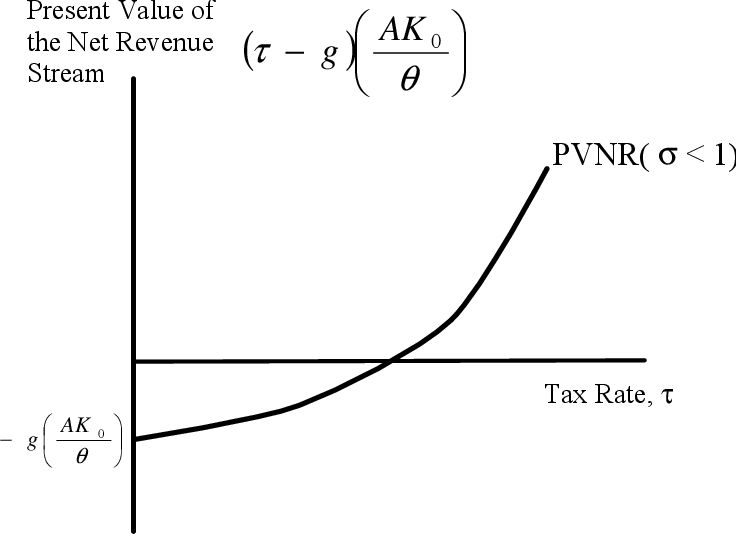
Recepcja: +48 570 047 047 | Restauracja: +48 578 782 882

Recepcja: +48 570 047 047 | Restauracja: +48 578 782 882
15 sierpnia 2022

Working capital is calculated as current assets minus current liabilities, with current assets including accounts receivable and inventory as well as cash and equivalents, and current liabilities including accounts payable. A company’s receivables may include both trade and non-trade receivables, with the latter including receivables which do not arise as a result of business sales, such as tax refunds or insurance payouts. Non-trade receivables are also typically recorded on the balance sheet as current assets. A business is optimizing what do you mean by receivable its use of accounts receivable when selling one additional dollar of goods or services on credit will not longer generate any additional profit. This means that it still makes sense to extend credit to customers even when a portion of these sales must be written off as bad debts, as long as these sales still generate profits that exceed the bad debt losses. When products generate substantial profits, then it makes sense to offer credit to most customers, because the profits are so large that they exceed the amount of bad debts.

On the cash flow statement (CFS), the starting line item is net income, which is then adjusted for non-cash add-backs and changes in working capital in the cash from operations (CFO) section. NetSuite has packaged the experience gained from tens of thousands of worldwide deployments over two decades into a set of leading practices that pave a clear path to success and are proven to deliver rapid business value. With NetSuite, you go live in a predictable timeframe — smart, stepped implementations begin with sales and span the entire customer lifecycle, so there’s continuity from sales to services to support.
With that said, an increase in accounts receivable represents a reduction in cash on the cash flow statement, whereas a decrease reflects an increase in cash. For accounts receivable, auditors look at accounts that are past due beyond 120 days. If leaders determine the client can’t or won’t pay, finance needs to remove the amount from AR and charge it as an expense.
For your business, the payment will be recorded as an account payable, and for company B, it will be listed as an account receivable. Similar to factoring is invoice discounting, in which an invoice discounter advances a percentage of the value of an invoice. Unlike factoring, invoice discounting allows the seller to retain control over its sales ledger while remaining responsible for collecting payments from customers. An example of a common payment term is Net 30 days, which means that payment is due at the end of 30 days from the date of invoice. The debtor is free to pay before the due date; businesses can offer a discount for early payment. The creditor may be able to charge late fees or interest if the amount is not paid by the due date.
Such entries are put in an accounting system where accounts receivable or accounts payable are stored. But if you’re a business owner trying to make sense of your finances, it’s good to master the basics. Understanding what each account is and how it functions is a must so that you can track your cash flow and know your current financial standing.
Synder is a full service accounts receivable solution that can help you deal with your accounts quickly and without errors. Companies can achieve this in a number of different ways, including the use of AR finance and receivables finance solutions. Factoring, for example, enables a company to sell its invoices to a factor at a discount, thereby receiving a percentage of the value of an invoice straight away. Since the DSO is increasing, the net cash impact is negative, and the company would likely need to consider making adjustments and identify the source of the growing accounts receivable balance, i.e. the collection issues. The debit to the cash account causes the supplier’s cash on hand to increase, whereas the credit to the accounts receivable account reduces the amount still owed.

The balance sheet is the financial statement that reports all the accounts that a company has and their balances. The accounts receivable turnover ratio is a productivity proportion and a marker of the financial and operational performance of a business. A high proportion indicates that the accounts receivable that a company collects is continuous and proficient.
The Receivables Management Solution that uses Artificial Intelligence to predict payment issues and prioritize collection efforts in order to reduce your risks and improve your working capital. Last but not least, Synder offers instant actionable insights from your financial data with Synder Business Insights. Now you can track all the necessary metrics in one source of truth and use your data with confidence. If you’re a CPA looking to widen the scope of your professional services, Synder Business Insights will help you provide advisory services and make you indispensable for planning business strategies.

Accounts receivable are recorded in a business’s general ledger and reported as part of the current assets listed on its balance sheet since these receivables are expected to be paid and converted into cash within a year. So if your photography business invoices a client for $250 for a photo shoot, $250 would be debited from the accounts receivable and credited to sales on the general ledger. The accounts receivable balance would show up under current assets on the company balance sheet. Once the payment is received by the customer, the business can then record the payment. On a company’s balance sheet, accounts receivable are the money owed to that company by entities outside of the company.
This can be done online or over the phone by entering the customer’s billing information into a digital payment form. Accounts receivable refer to the outstanding invoices that a company has or the money that clients owe the company. The phrase refers to accounts that a business has the right to receive because it has delivered a product or service. Accounts receivable, or receivables, represent a line of credit extended by a company and normally have terms that require payments due within a relatively short period. Accounts receivable is any amount of money your customers owe you for goods or services they purchased from you in the past. This money is typically collected after a few weeks and is recorded as an asset on your company’s balance sheet.
With accrual accounting, you record a transaction regardless of whether the payment was made or not. Then you create an invoice that automatically makes a credit for this sale in the sales account and makes debit in the accounts receivable. Trade receivables are easy to calculate – they’re simply the total of all currently outstanding invoices sent to customers or clients. Booking a receivable is accomplished by a simple accounting transaction; however, the process of maintaining and collecting payments on the accounts receivable subsidiary account balances can be a full-time proposition. Depending on the industry in practice, accounts receivable payments can be received up to 10–15 days after the due date has been reached. These types of payment practices are sometimes developed by industry standards, corporate policy, or because of the financial condition of the client.
In practice, the terms are often shown as two fractions, with the discount and the discount period comprising the first fraction and the letter 'n’ and the payment due period comprising the second fraction. For instance, if a company makes a purchase and will receive a 2% discount for paying within 10 days, while the whole payment is due within 30 days, the terms would be shown as 2/10, n/30. Auditors use different methods to evaluate the efficacy of accounts payable and accounts receivable safeguards. When auditors test AP, they typically look for instances of quantity errors or, in some cases, unethical behavior on the part of the vendor.
Albemarle (ALB) Q2 2023 Earnings Call Transcript.
Posted: Thu, 03 Aug 2023 17:30:32 GMT [source]
Accounts payable on the other hand are a liability account, representing money that you owe another business. Ahead, you’ll learn the importance of accounts receivable, the AR process, and strategies to manage and reduce AR turnover. If you’ve been curious about whether there is another name for accounts receivable, you might be interested to know that businesses use several words to describe them. For each of these transactions, determine whether there is (1) a debit entry, (2) a credit entry, or (3) No entry to Accounts Receivable.
Conceptually, accounts receivable represents a company’s total outstanding (unpaid) customer invoices. Once a company delivers goods or services to the client, the AR team invoices the customer and records the invoiced amount as an account receivable, noting the terms. Generally, vendors bill their customers after providing services or products according to terms mutually agreed on when a contract is signed or a purchase order is issued. Terms typically range from net 30 — that is, customers agree to pay invoices within 30 days — to net 60 or even net 90, which a company may choose to accept to secure a contract. However, for large orders, a company may ask for a deposit up front, especially if the product is made to order. With the cash-basis accounting method, a company records expenses when it actually pays suppliers.
If this ratio doesn’t increase, you’re actually losing money over time, even if business is booming—and the more you increase sales on credit, the more money you’ll lose. Accounts receivable (AR) is an accounting term describing money a business is owed for goods or services delivered. Accounts receivable are listed on balance sheets as current assets, even though customers who purchased goods or services on credit haven’t yet paid for them. Trade receivables are defined as the amount owed to a business by its customers following the sale of goods or services on credit. Also known as accounts receivable, trade receivables are classified as current assets on the balance sheet.
W świecie kasyn online gracze mają świetną okazję do zdobycia darmowych pieniędzy na rozpoczęcie swojej przygody z hazardem. Jest to nie tylko zachęta dla początkujących, […]
Content 16 Best Cellular Casinos and Gambling establishment Software Rated Because of the Real cash Video game, Bonuses, And much more Create A gambling establishment […]
Content Deal Or no Bargain Roulette The brand new Conditions and terms Away from No deposit Ports Now offers What exactly are Cellular Local casino […]